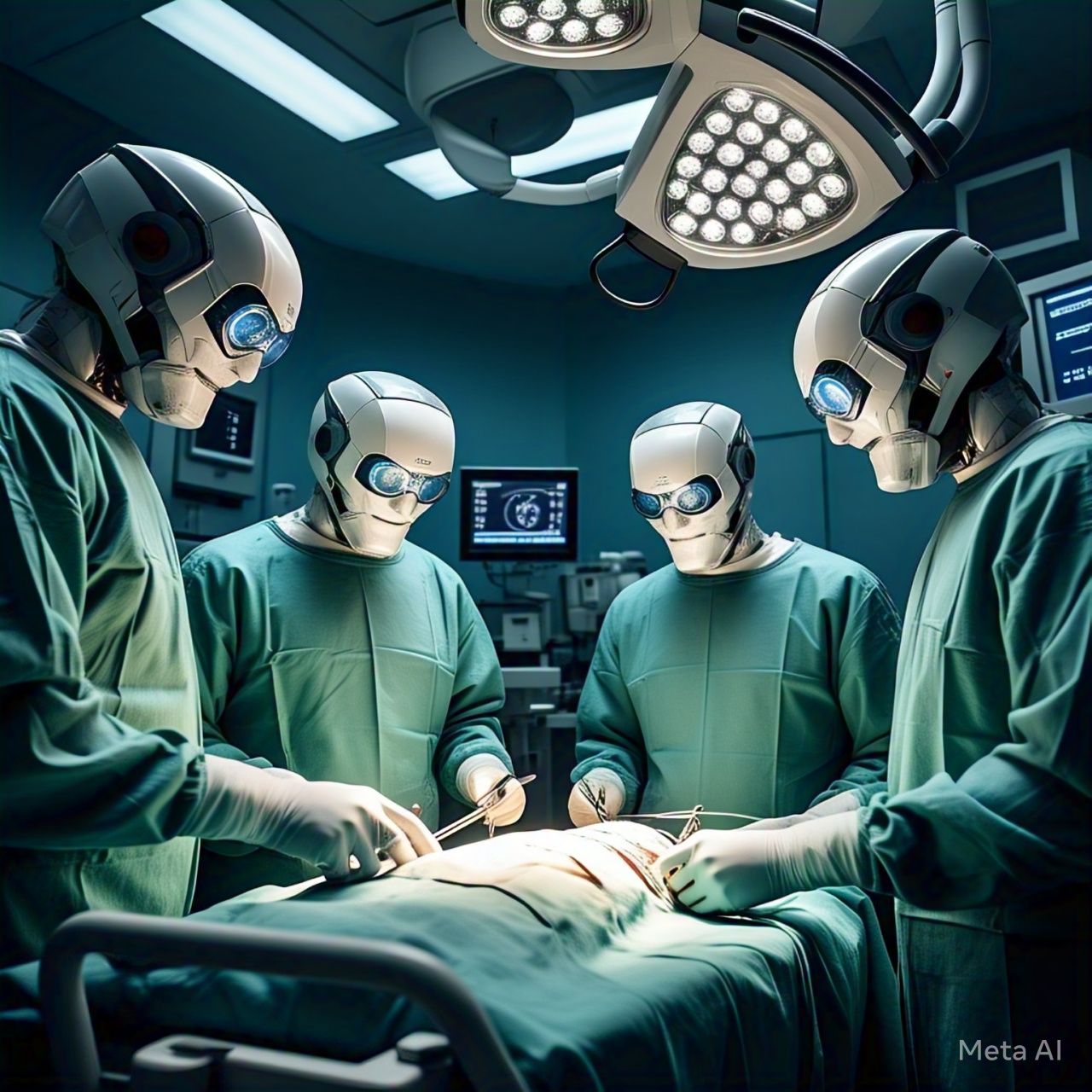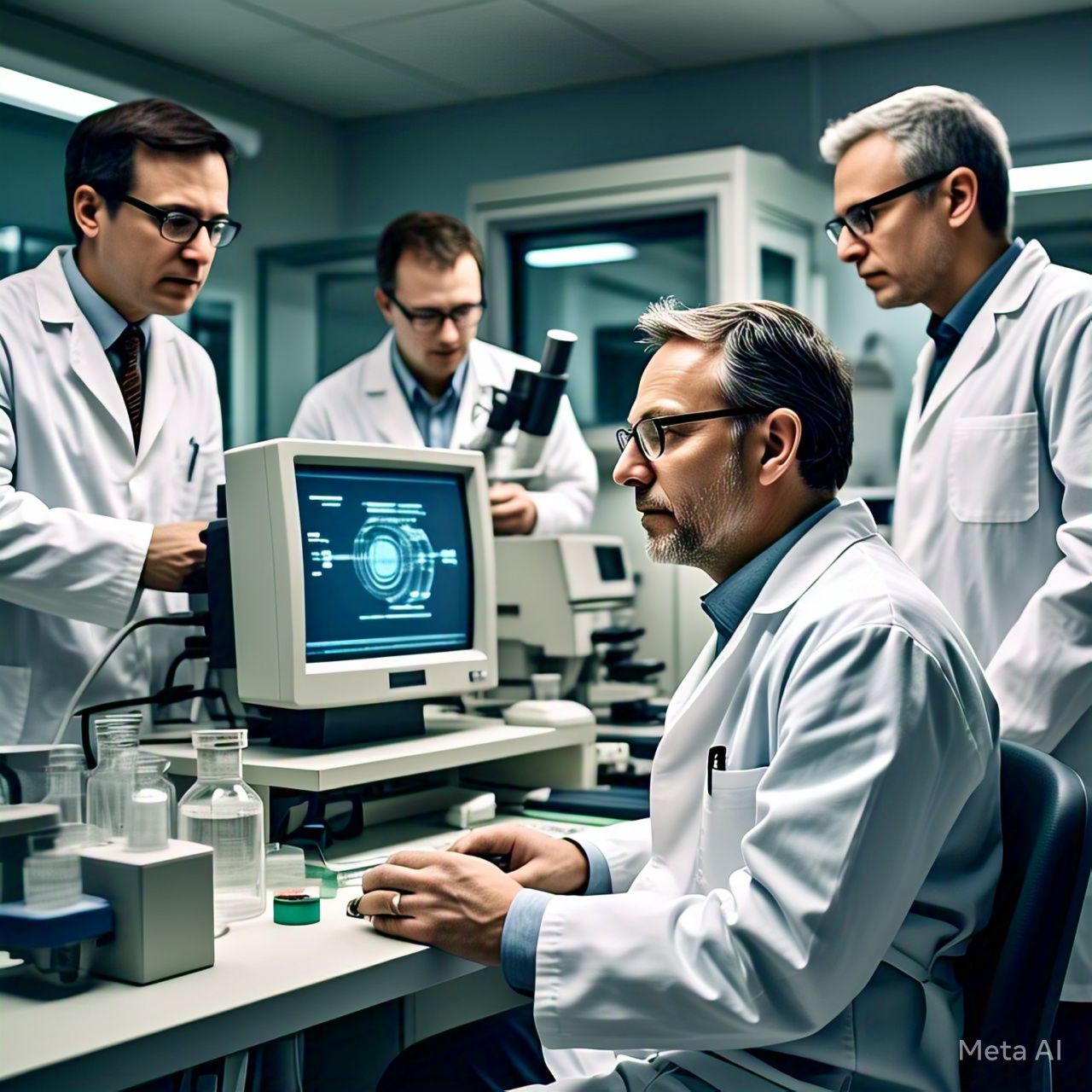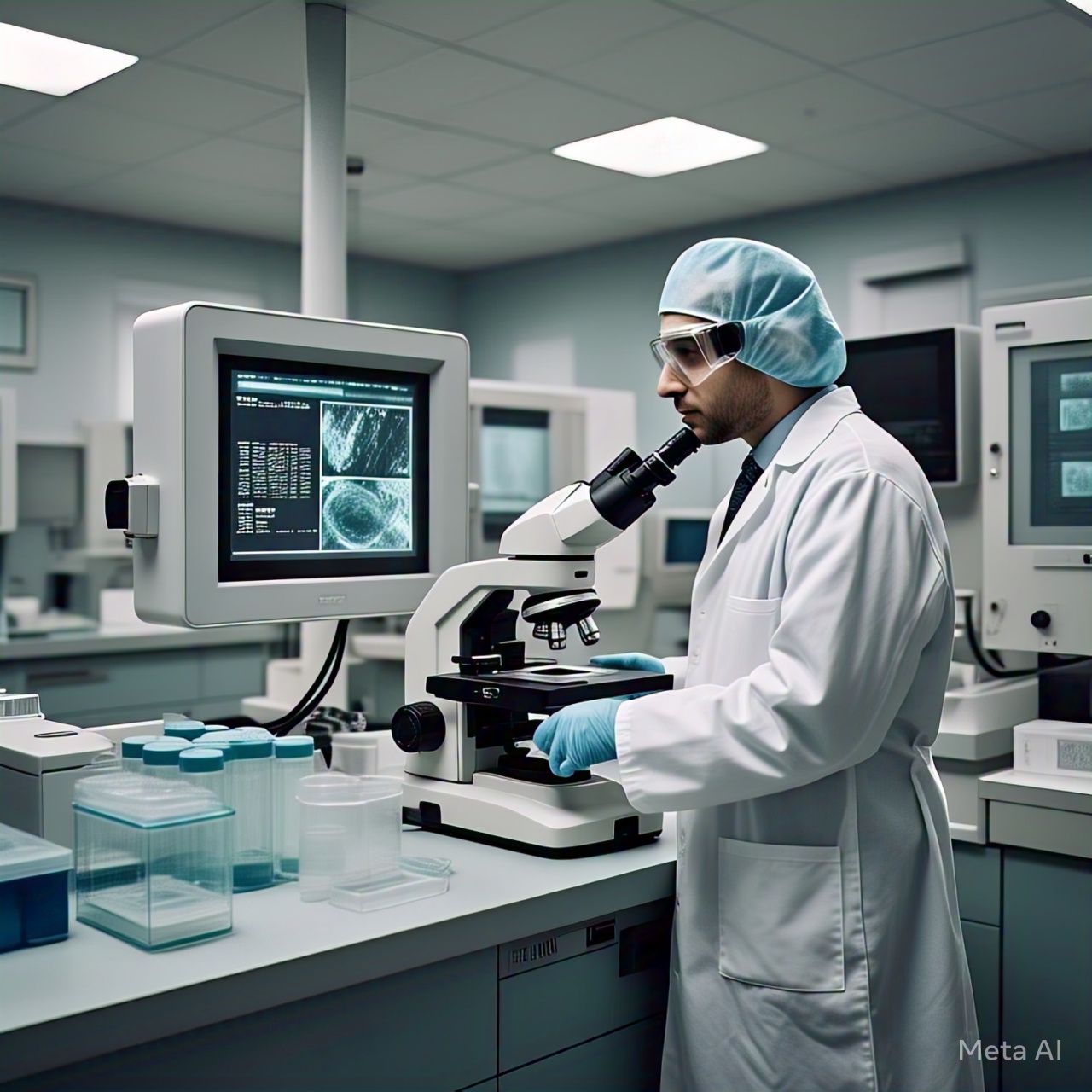Introduction
The integration of robotics in surgery is revolutionizing the medical field, offering unparalleled precision, minimal invasiveness, and faster recovery times. Robot-assisted surgeries are becoming the gold standard for complex procedures, enhancing the capabilities of human surgeons and improving patient outcomes.
The Role of Robotics in Surgery
Robotic surgery involves the use of advanced robotic systems controlled by surgeons to perform delicate and intricate procedures. These systems provide superior dexterity, stability, and visualization, allowing for greater accuracy compared to traditional surgical techniques.
1. Enhanced Precision and Control
Robotic systems, such as the da Vinci Surgical System, enable surgeons to perform highly precise movements through robotic arms that mimic natural hand motions. This level of control reduces the risk of human error and ensures more accurate incisions and suturing.
2. Minimally Invasive Procedures
Robot-assisted surgery allows for minimally invasive techniques, requiring smaller incisions compared to open surgery. This results in reduced blood loss, lower risk of infection, and faster healing times, leading to shorter hospital stays and improved patient comfort.
3. Improved Visualization
High-definition 3D cameras integrated into robotic surgical systems provide magnified views of the surgical site. This enhanced visualization enables surgeons to navigate intricate anatomical structures with greater confidence and accuracy.
4. Remote Surgery and Telemedicine
With advancements in robotic technology and 5G connectivity, remote surgery is becoming a possibility. Surgeons can operate on patients from different locations using robotic-assisted systems, expanding access to specialized medical care in remote or underserved areas.
Benefits of Robot-Assisted Surgery
- Greater Precision: Robotic systems eliminate hand tremors and enhance fine motor control.
- Reduced Recovery Time: Smaller incisions and less trauma to surrounding tissues lead to faster healing.
- Lower Risk of Complications: Increased accuracy reduces the likelihood of surgical errors and post-operative complications.
- Enhanced Ergonomics for Surgeons: Robotic systems reduce physical strain on surgeons, allowing for longer and more efficient procedures.
Challenges and Ethical Considerations
Despite its advantages, robotic surgery faces challenges such as high costs, accessibility issues, and the need for specialized training. Ethical concerns, including machine malfunctions and liability in case of surgical errors, must also be addressed to ensure patient safety and trust in robotic-assisted procedures.
The Future of Robotic Surgery
The future of robotic surgery is promising, with advancements in AI-driven automation, haptic feedback, and machine learning. Future systems will integrate real-time data analytics and augmented reality to further enhance surgical precision and decision-making. As technology evolves, robotic surgery will continue to redefine the standards of modern healthcare.
Conclusion
Robot surgeons are shaping the future of precision surgery, providing unmatched accuracy, reduced invasiveness, and improved patient outcomes. While challenges remain, ongoing advancements in robotics and AI will further refine and expand the role of robot-assisted surgery, making it an indispensable tool in modern medicine.




